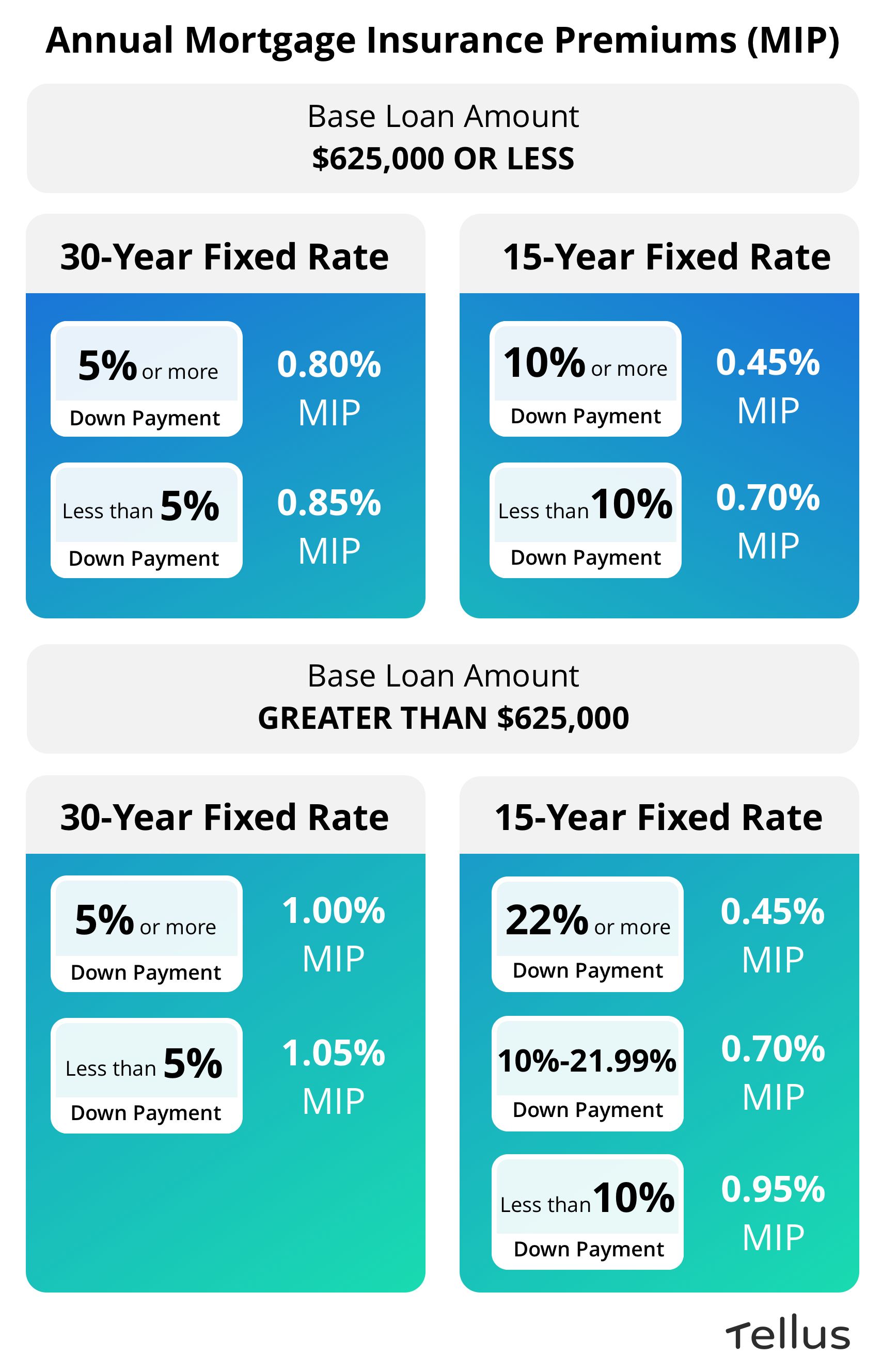
Paying PMI upfront can be an excellent option if you intend to stay in the home for many years. The upfront premium can be used for your downpayment or home equity. Refinance your loan is possible so you don't have to pay monthly insurance. You should consider the associated costs before you even consider this option. You should consider all options before you make a decision.
Alternatives for paying PMI upfront
There are many ways to save money when you have a mortgage. PMI can be avoided by refinancing and/or paying for mortgage insurance. But be aware that these options come with restrictions. There may also be a higher mortgage interest. These options don't eliminate PMI as the traditional one.
Although PMI may seem a bit sexist to some, it is still a viable option when compared to other loan options. A PMI loan can save you hundreds of thousands of money by asking your lender. There are several options. One way to avoid paying PMI is to make a higher down payment. This will allow you to save money and negotiate a lower final sale price with your seller.

A monthly premium plan is also an option. This plan is ideal for those who have extra income or wish to keep their housing costs down. The monthly premium will be based on a percentage of the loan balance. You can also opt to pay one premium upfront.
Calculating your PMI payment
You will need to consider your credit score, loan-to-value ratio and other factors when determining your PMI payment. These factors will give you an idea of the monthly payment. You should also consider how much you plan to put down as a down payment. You might find that a lower down payment can reduce your PMI expenses in some cases.
PMI can either be paid monthly or as a one time payment depending on which type of mortgage you have. The latter is more common as it requires no upfront payment. But, be aware that this will result in a monthly higher payment.
PMI is an extra expense but can bring significant benefits to your long term wealth building. It allows you to get into a home earlier and begin building equity. However, you will have to pay PMI that is at least equal to the price of the house.

Refinance your mortgage to eliminate PMI
If you have a conventional mortgage that requires less than 20% down, you are likely paying private mortgage insurance (PMI). Refinancing your loan may allow you to eliminate PMI if your loan balance exceeds 80%. This will lower your monthly payment while still allowing you to preserve as much equity as possible.
PMI can be a cost that adds hundreds of dollars to your monthly payments. You can get rid of PMI by refinancing your loan. This will lower your monthly payments and help eliminate the cost. Refinances can be made without PMI for some homeowners, but not all. It is important to know what the requirements are before you begin the process.
You should consider these factors when refinancing to get rid of PMI. You need to determine how much money you would save versus how much you would pay back if you didn't refinance. Refinance calculators can help you figure out how much you could save when you refinance your loan to eliminate your PMI.
FAQ
Can I get another mortgage?
Yes. However, it's best to speak with a professional before you decide whether to apply for one. A second mortgage is used to consolidate or fund home improvements.
What is a "reverse mortgage"?
A reverse mortgage allows you to borrow money from your house without having to sell any of the equity. You can draw money from your home equity, while you live in the property. There are two types: conventional and government-insured (FHA). If you take out a conventional reverse mortgage, the principal amount borrowed must be repaid along with an origination cost. If you choose FHA insurance, the repayment is covered by the federal government.
How do I calculate my interest rates?
Market conditions influence the market and interest rates can change daily. The average interest rate during the last week was 4.39%. The interest rate is calculated by multiplying the amount of time you are financing with the interest rate. For example, if you finance $200,000 over 20 years at 5% per year, your interest rate is 0.05 x 20 1%, which equals ten basis points.
How much money can I get to buy my house?
The number of days your home has been on market and its condition can have an impact on how much it sells. The average selling price for a home in the US is $203,000, according to Zillow.com. This
Statistics
- It's possible to get approved for an FHA loan with a credit score as low as 580 and a down payment of 3.5% or a credit score as low as 500 and a 10% down payment.5 Specialty mortgage loans are loans that don't fit into the conventional or FHA loan categories. (investopedia.com)
- Based on your credit scores and other financial details, your lender offers you a 3.5% interest rate on loan. (investopedia.com)
- This seems to be a more popular trend as the U.S. Census Bureau reports the homeownership rate was around 65% last year. (fortunebuilders.com)
- The FHA sets its desirable debt-to-income ratio at 43%. (fortunebuilders.com)
- Some experts hypothesize that rates will hit five percent by the second half of 2018, but there has been no official confirmation one way or the other. (fortunebuilders.com)
External Links
How To
How do I find an apartment?
The first step in moving to a new location is to find an apartment. Planning and research are necessary for this process. It involves research and planning, as well as researching neighborhoods and reading reviews. This can be done in many ways, but some are more straightforward than others. Before renting an apartment, it is important to consider the following.
-
Data can be collected offline or online for research into neighborhoods. Online resources include Yelp and Zillow as well as Trulia and Realtor.com. Other sources of information include local newspapers, landlords, agents in real estate, friends, neighbors and social media.
-
Review the area where you would like to live. Yelp, TripAdvisor and Amazon provide detailed reviews of houses and apartments. You might also be able to read local newspaper articles or visit your local library.
-
Make phone calls to get additional information about the area and talk to people who have lived there. Ask them what they liked and didn't like about the place. Ask for their recommendations for places to live.
-
Check out the rent prices for the areas that interest you. You might consider renting somewhere more affordable if you anticipate spending most of your money on food. You might also consider moving to a more luxurious location if entertainment is your main focus.
-
Find out information about the apartment block you would like to move into. It's size, for example. How much is it worth? Is it pet friendly? What amenities are there? Are you able to park in the vicinity? Do tenants have to follow any rules?